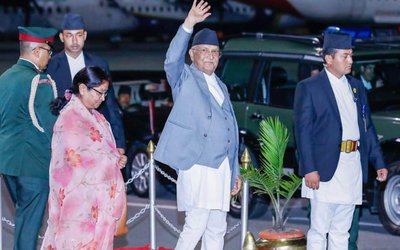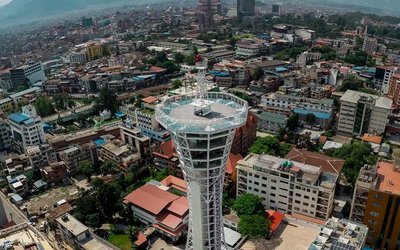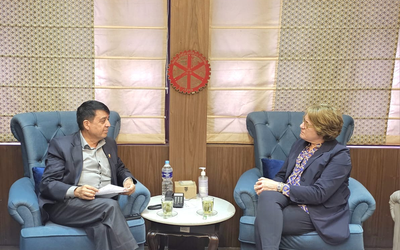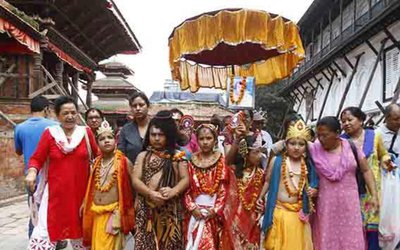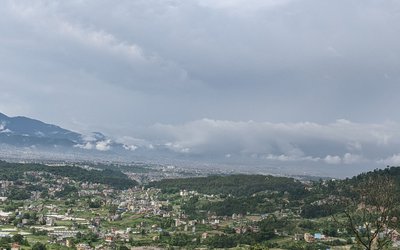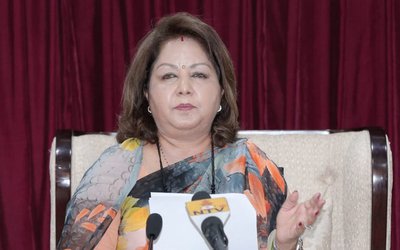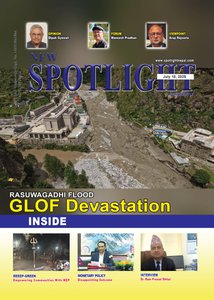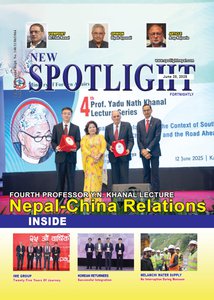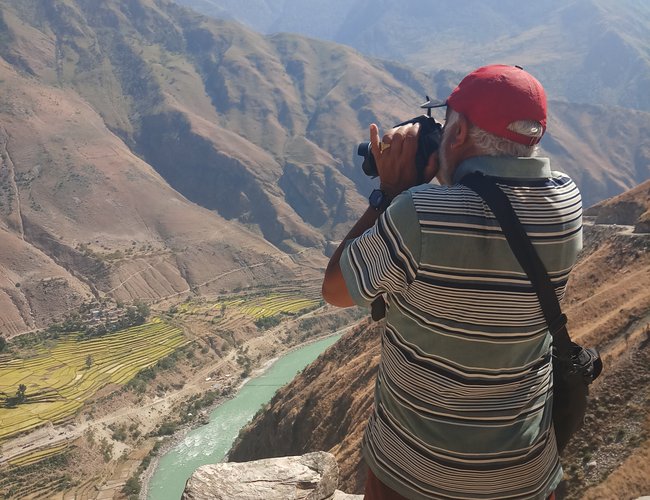
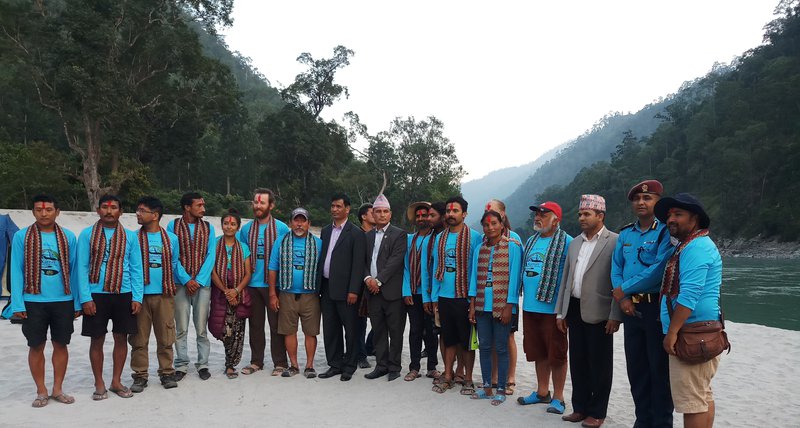
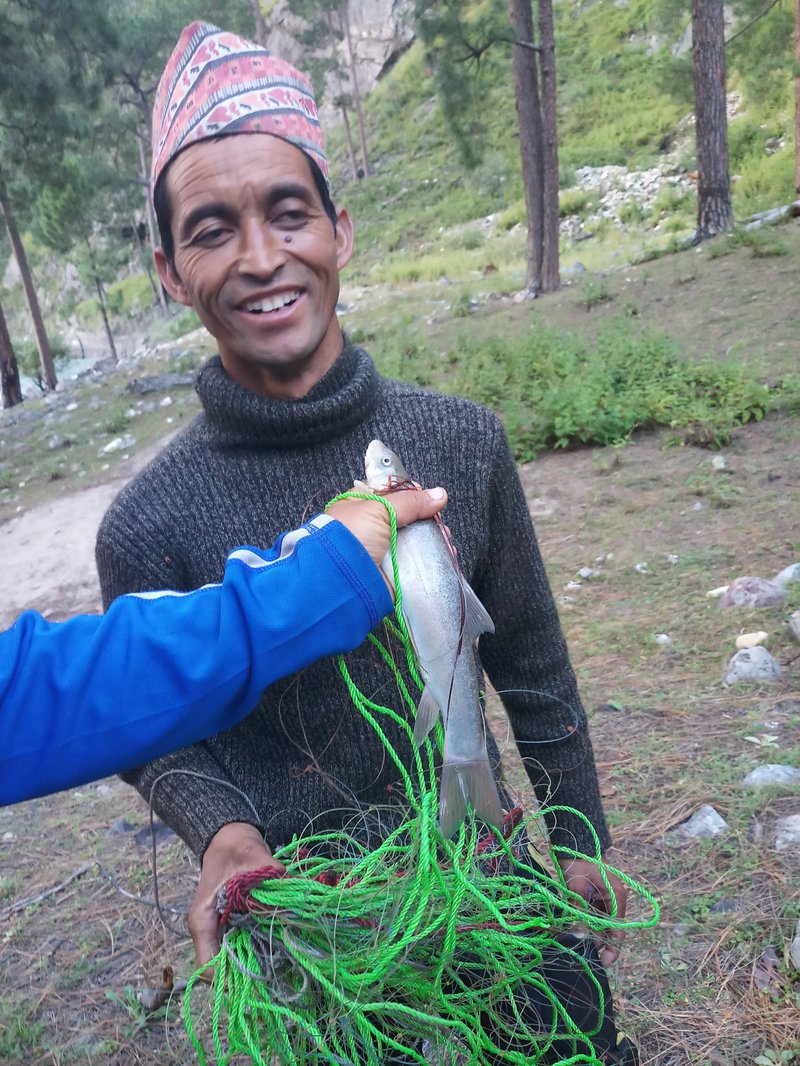
The Karnali River is a vital waterway with diverse uses and values. It flows through three countries – China, Nepal, and India before reaching Bangladesh and emptying into the Bay of Bengal. It connects the provinces of Karnali, SudurPachhim, and Lumbini, and also touches the lands of various religious groups, fostering unity and harmony among different faiths. The river originates near Mt. Kailash in Tibet, a sacred destination for Hindus, Buddhists, and Christians worldwide. ICIMOD has prioritized watershed management in the Hindkush region due to its significance. China, India, Pakistan, and Nepal are working on road infrastructure to promote pilgrimage tourism in the area. Nepal plays a crucial role in enhancing connectivity and communication with neighboring countries. The Karnali River has various uses, including religious and adventure tourism and hydropower generation. Nepal can benefit from conserving the river for irrigation and hydropower while also exploring tourism opportunities. The author suggests utilizing different sections of the river for specific purposes, such as hydropower generation in the upper section and irrigation projects in the lower section. Adventure tourism activities like water sports and fishery development can be promoted in the middle section of the river.
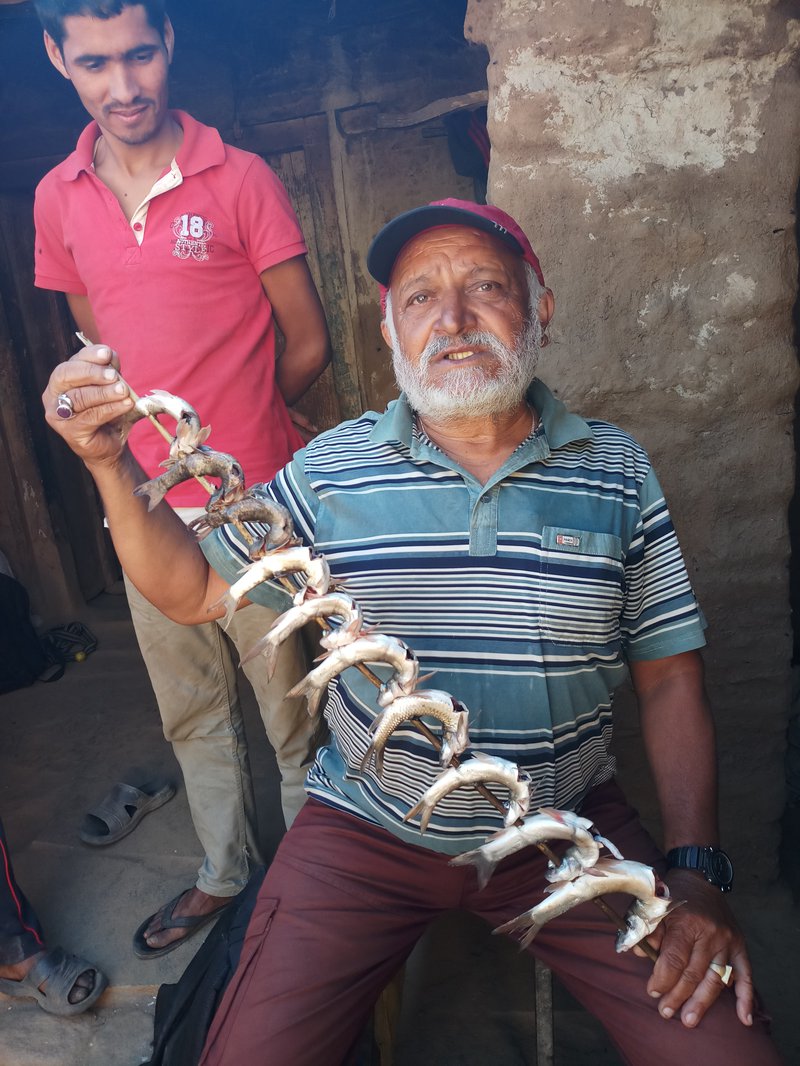
This writing is the result of a 38-day exploration and expedition along the Karnali river corridor, starting from the Limi-Hilsa northern Tibet China border and ending at the Sattipool–GeruwaKothiyaghat bridges on the southern border with India. The team consisted of approximately twelve national and international scholars from various fields including landscape, climate change, watershed management, aquatic and environmental studies, tourism, sociology, anthropology, journalism, and governance. The team received full logistical support for the journey. Three formal group interaction programs were held in Simikot, Humla, Panchdewal Binayak, Achham, Tiger top Thakurdwar, and Bardiya. The team conducted formal and informal in-depth interviews with local leaders such as MPs, Chief Ministers, Provincial Ministers, Mayors, Ward Chairmen, political leaders, priests of Gumbas and temples, Jhankris, trekkers, AamaSamuha leaders, trans-border traders, fishermen, hoteliers, tour operators, pilgrims, farmers, transport drivers, and owners of traditional transportation animals like yaks, mules, sheep, and goats along the Karnali river corridor. Walk-in and informal interviews were also conducted with locals of the Karnali river corridor, who were considered stakeholders and beneficiaries of the river. The knowledge, experiences, and observations of these individuals were crucial for the study. Open-ended questionnaires and interview questions were used during the interviews, and audio-visual data was collected through photography, short film documentaries, note-taking, water testing of tributaries, and fishing activities. A six-member team also traveled to the Ghagara/Ganges River in India up to Ayodhyabashi.
The primary goal of the Karnali river exploration was to observe and identify its utilization by local stakeholders and beneficiaries, as well as to explore ways to conserve it in its natural state for national identity. It was discovered that apart from the Rani-Jamara-Kulariya section, the water of the Karnali river is directly utilized. Additionally, several proposed hydropower projects, such as the Upper Karnali (900 MW) by GMR India, Fukadgadh (400 MW) in Kalikot by the Nepal Army Provident Fund, and Surkhet-Betham Karnali (400 MW) by NEA, are currently under consideration. There are also operational micro-hydropower projects, with more proposed in various tributaries. Delays in work, lack of effective monitoring, and weak management systems are common issues in these projects. The exploration of the Karnali river corridor was conducted by the Nepal River Conservation Trust (NRCT) with support from the PAANI program of USAID and several collaborative partners. Some team members also visited Kailas Mansarovar and the confluence of the Ganges in India, providing insights into the overall status of the Karnali River. The hope is that these efforts will benefit the stakeholders in the Karnali province and Nepal as a whole. A national river summit was held in April 2019 at Rakam Karnali, where policymakers were urged to prioritize river conservation and sustainable usage in the future.
According to the interviewees, which included scholars and stakeholders at the federal, provincial, and local levels of governance in the Karnali corridor, it was observed that the people in the area have not directly utilized the resources of the Karnali River, except for drinking water, fishing, firewood collection, nominal irrigation in the upper part, gold collection, and sand and boulder collection in the lower part. Many are unaware of the river's source and its significance, viewing hydropower generation as a sign of development without fully understanding its implications. Some development entrepreneurs believe that the Karnali River has the potential to be a hub for adventure tourism and could facilitate trans-border connectivity with India and China, attracting tourists from both sides.
In addition to hydropower generation, the government at all three levels should explore various water use alternatives to support the livelihoods of the local population. The province boasts unique tourism products that can be leveraged, blending the region's nature and culture to create an agro-tourism destination. Planners and policymakers need to consider developing programs and projects based on the aquatic ecology of the Karnali River and the transition from an ancient barter economy to a modern digital currency system in the region.
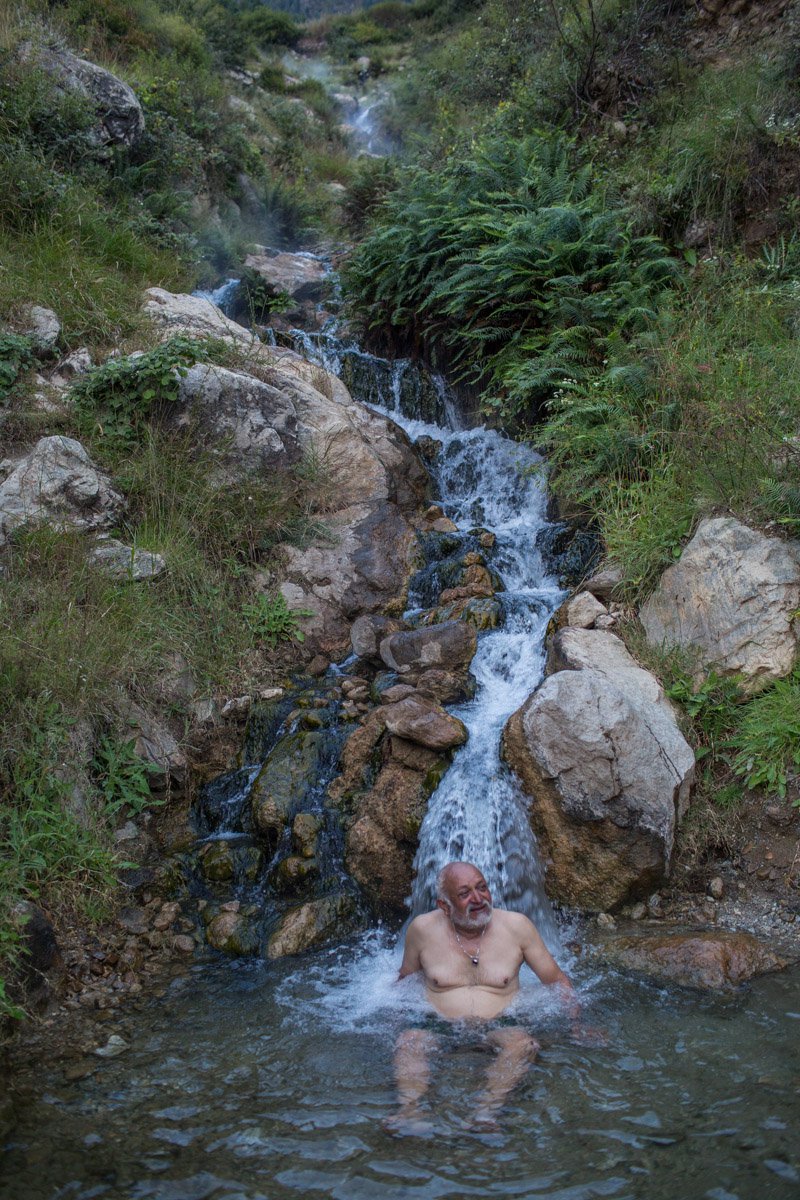
Past plans and programs in Karnali have often failed due to a lack of understanding of the ecological knowledge by the central authorities, as noted by farmer, MP, and minister Chhakka Lama (see his interview on www.the Recorder). He highlights the disconnect between the rulers and the marjoram, sedentary, and herdsman cultures of Humla, as well as the unique Tibetan culture of Limi Valley following the Cultural Revolution in China. Understanding the local governance system led by Lamas and the influence of monasteries like Ringchenling-Halji, Tila, and Jhang is crucial. The Gyondray monastery culture of Tibet and its lingering theological impact shape the border regions of Karnali.
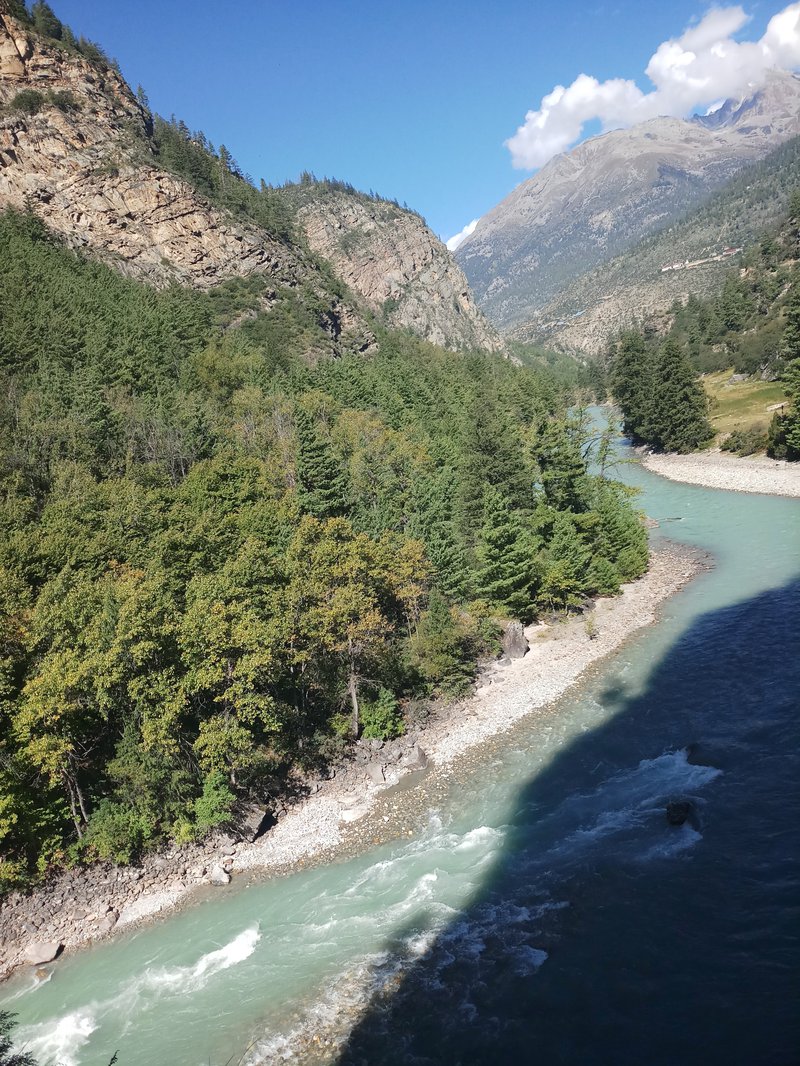
To ensure sustainable long-term economic growth, it is essential to comprehend the local governance system in the mountainous regions of Nepal and incorporate this knowledge into planning strategies for the Karnali region.
- A Day at the Hunting Mine
- Jul 25, 2025
- New ruler: Ruler Failed to Figureout the Ecology of Nepal
- Jul 19, 2025
- Spiritual And Religious Significance Of Tourism In Humla Karnali Region
- Jun 25, 2025
- A Two-Day Trek: Jumla-Rara
- Mar 28, 2025
- Rafting In The Karnali River
- Aug 31, 2024


